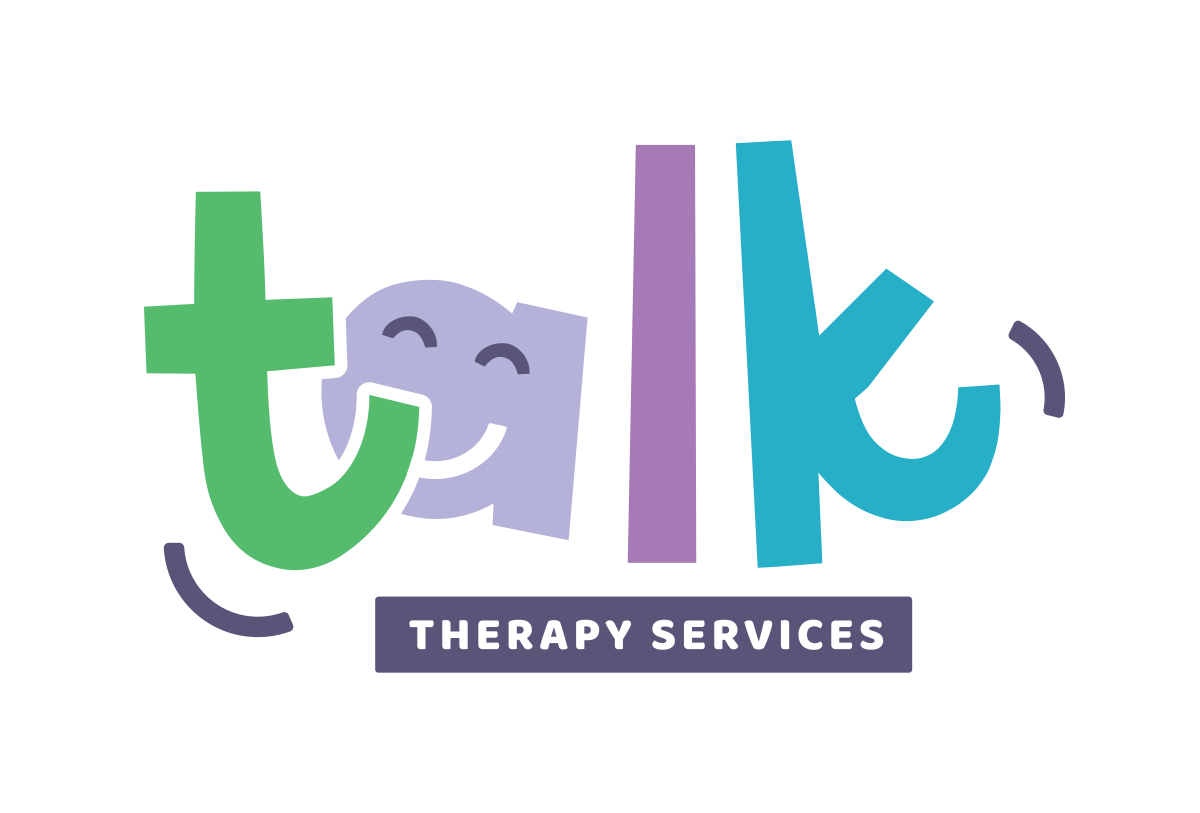Supporting Communication in Individuals with Autism
Autism Spectrum Disorder (ASD) is a neurodevelopmental disorder that affects communication and social interaction. Each individual with autism is unique, and so are their communication needs and abilities. Understanding and supporting these needs is crucial in helping them express themselves and connect with the world. This blog explores effective strategies to support communication in individuals with autism.
Understanding Autism and Communication:
Autism can affect communication in various ways. Some individuals may be non-verbal, while others might have difficulties with verbal communication. Challenges can include difficulties in understanding or using language, limited eye contact, and challenges in understanding social cues. Therefore, it's important to tailor communication strategies to each individual's needs. Continue reading below for ways to support communcation.
1. Creating a Supportive Environment:
Creating a supportive environment is key in encouraging communication. This includes a space where the individual feels safe and understood. Being patient, giving them time to respond, and avoiding overstimulation can make a significant difference in their comfort level and willingness to communicate.
2. Use of Visual Supports:
Visual aids can be particularly effective for individuals with autism. Picture Exchange Communication Systems (PECS), visual schedules, and other visual supports can help in understanding and organizing the world around them, thereby aiding in communication.
3. Encouraging Non-Verbal Communication:
Non-verbal communication such as gestures, sign language, or using communication devices can be powerful tools. Recognizing and encouraging these forms of communication is as important as fostering verbal communication.
4. Consistency and Routine:
Individuals with autism often thrive with consistency and routine. Consistent use of certain words, phrases, or communication methods can provide a sense of stability and predictability, making communication easier.
5. Developing Social Skills:
Social skills are an integral part of communication. Group activities, social stories, or role-playing can be effective ways to teach and practice social skills. These activities help in understanding social norms and cues, which are essential for effective communication.
6. Sensory Considerations:
Many individuals with autism have sensory sensitivities. Understanding these sensitivities and accommodating them can significantly impact communication. For example, a person who is sensitive to loud noises may find it easier to communicate in a quieter setting.
7. Emphasizing Strengths:
Focusing on the individual's strengths can boost their confidence and encourage communication. Some may excel in art, music, or have a particular interest in a subject. Integrating these interests into communication strategies can be highly effective.
8. Technology as an Aid:
Technology can play a crucial role in supporting communication. From speech-generating devices to apps designed for autism, technology offers varied tools that can be customized to individual needs.
9. Collaborating with Professionals:
Working with speech-language pathologists, occupational therapists, and special educators who specialize in autism can provide valuable insights and strategies tailored to individual needs. They can offer guidance and support in developing effective communication plans.
10. Involving Family and Community:
Involving family members in the communication process is vital. They can provide insights into the individual's preferences and behaviors. Additionally, fostering an understanding community can create a more inclusive environment for individuals with autism.
At TALK Therapy Services, we find out what works best for each individual and their family. We provide them with the tools and environment to express themselves through a variety of modes. By embracing these strategies, we can help individuals with autism to communicate more effectively, enhancing their ability to participate fully and enrichingly in their communities and daily lives.

